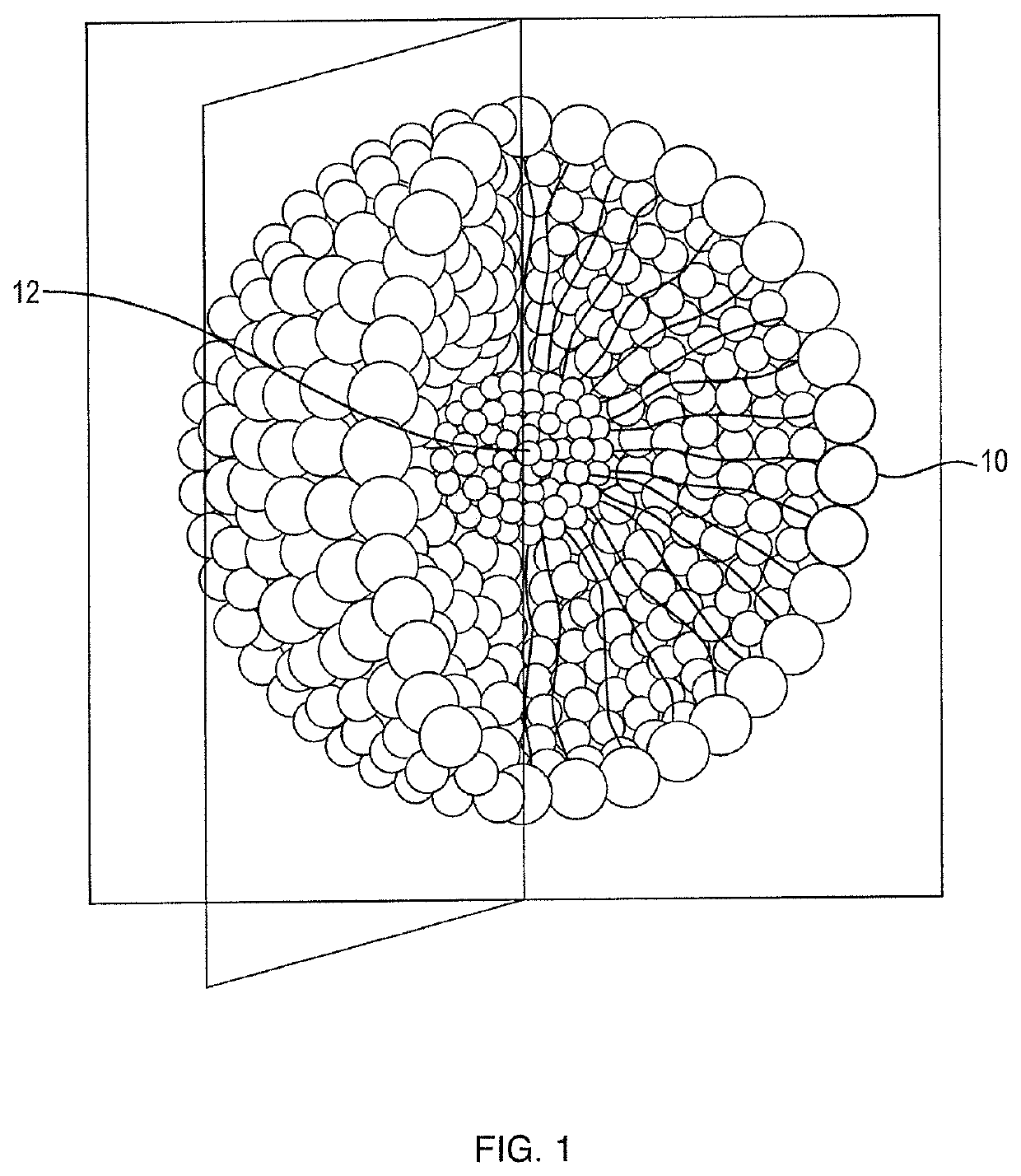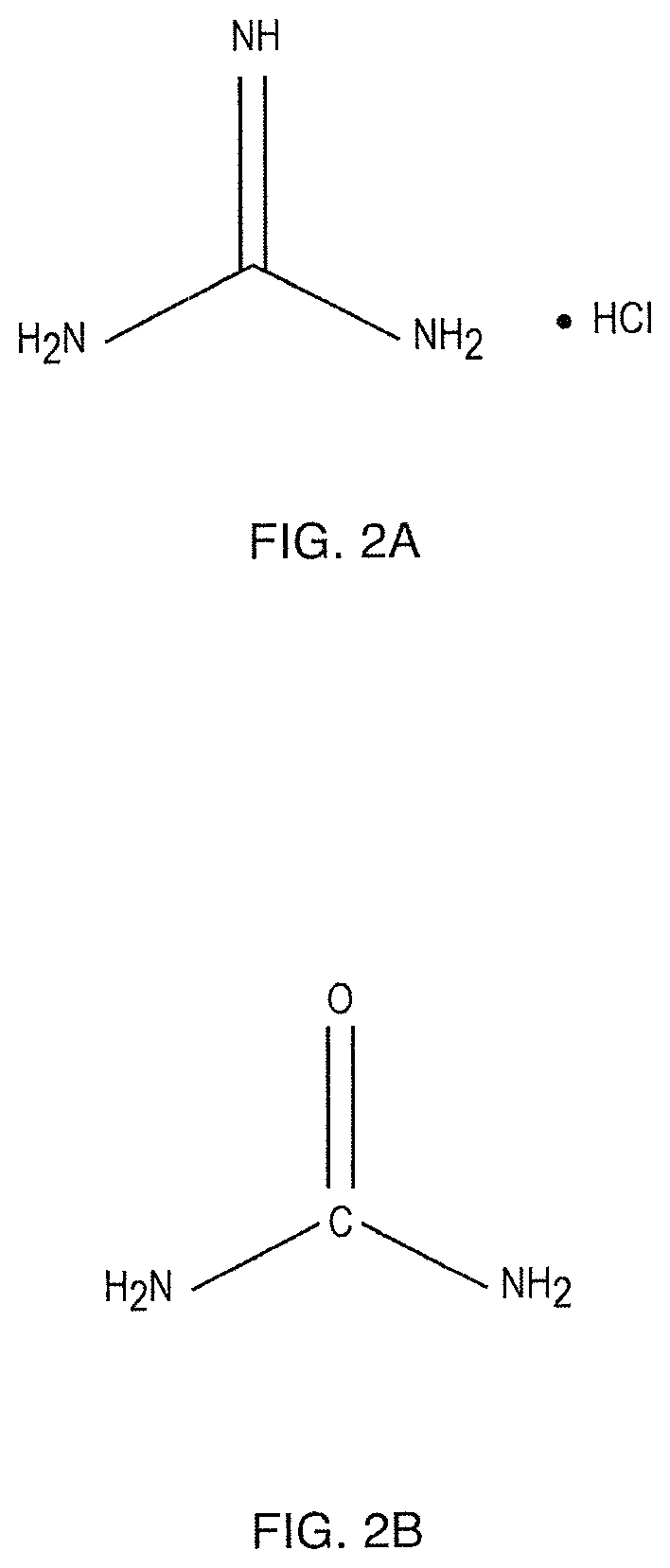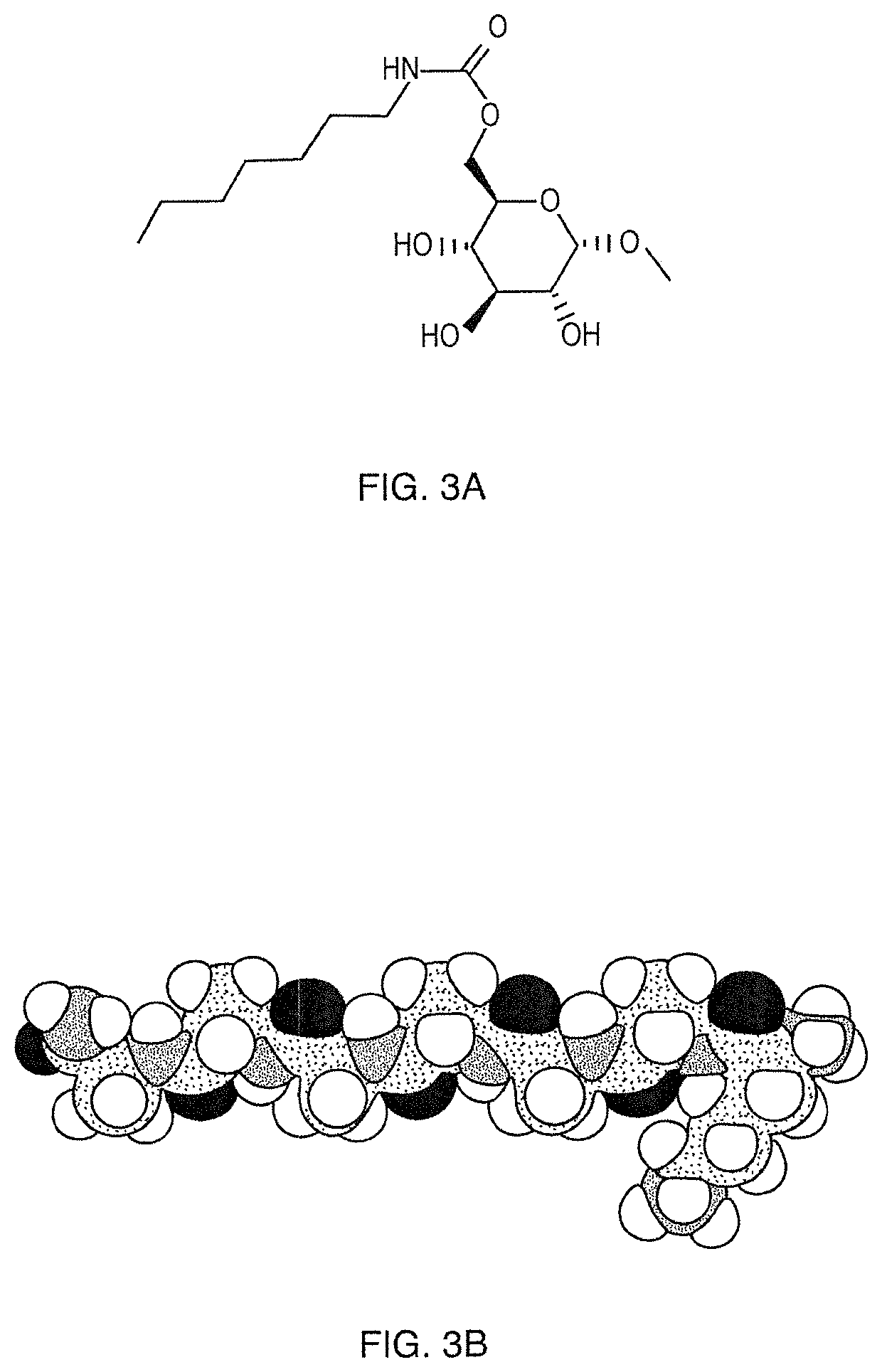Non-Enzymatic Debriding Agent and Method of Use Thereof
a non-enzymatic, debriding agent technology, applied in the direction of aerosol delivery, inorganic non-active ingredients, peptide/protein ingredients, etc., can solve the problem of rare use, achieve the effect of reducing the properties of mercaptan or non-mercaptan reducing agents, reducing the cost of the product, and reducing the effect of reducing the effect of mercaptan or non-mercaptan
- Summary
- Abstract
- Description
- Claims
- Application Information
AI Technical Summary
Benefits of technology
Problems solved by technology
Method used
Image
Examples
Embodiment Construction
[0023]It is envisioned that there will be at least three different embodiments (product formulations) of the subject non-enzymatic debriding agent. One is a dressing. The choice of dressing would be a moderate to highly absorbent material such a foam, hydrocolloid dressing, or biocomposite dressing. Although the dressing acts to wick away the dissolved ecshar material it is envisioned that negative pressure wound therapy (NPWT) could be another approach to remove the eschar material. A second embodiment is an ointment. The ointment would likely contain a thickening agent such as white petrolatum USP, xanthan gum or polyethylene glycol, for example. This formulation could be used in combination with an antibiotic or antimicrobial dressing, aqueous solution, gel, hydrogel, or ointment. It would be counter indicated with a collagen dressing because the non enzymatic wound debriding agent would denature the collagen. A third embodiment of the formulation is a liquid rinse under pressure...
PUM
| Property | Measurement | Unit |
|---|---|---|
| length | aaaaa | aaaaa |
| dissolution time | aaaaa | aaaaa |
| critical micelle concentration | aaaaa | aaaaa |
Abstract
Description
Claims
Application Information
 Login to View More
Login to View More - R&D
- Intellectual Property
- Life Sciences
- Materials
- Tech Scout
- Unparalleled Data Quality
- Higher Quality Content
- 60% Fewer Hallucinations
Browse by: Latest US Patents, China's latest patents, Technical Efficacy Thesaurus, Application Domain, Technology Topic, Popular Technical Reports.
© 2025 PatSnap. All rights reserved.Legal|Privacy policy|Modern Slavery Act Transparency Statement|Sitemap|About US| Contact US: help@patsnap.com



